Phylum Chordata Rank Species | Scientific name Aphredoderus sayanus Higher classification Aphredoderus | |
 | ||
Family AphredoderidaeBonaparte, 1846 Similar Percopsidae, Amblyopsidae, Fundulidae, Umbridae, Percopsiformes | ||
Pirate perch feeding fail
The pirate perch (Aphredoderus sayanus) is a freshwater fish that commonly inhabits coastal waters along the east coast of the United States and the backwater areas of the Mississippi Valley. This species is often found towards the bottom of clear, warm water habitats with low currents. These fish are normally solitary, carnivorous, and nocturnal. The pirate perch is known to consume live mosquito larva, amphipods, glass shrimp, meal worms, small fish, dragonfly and stonefly larvae, and earthworms.
Contents
- Pirate perch feeding fail
- Pirate perch vs cricket
- Description
- Distribution
- Ecology
- Life history
- Current management
- References
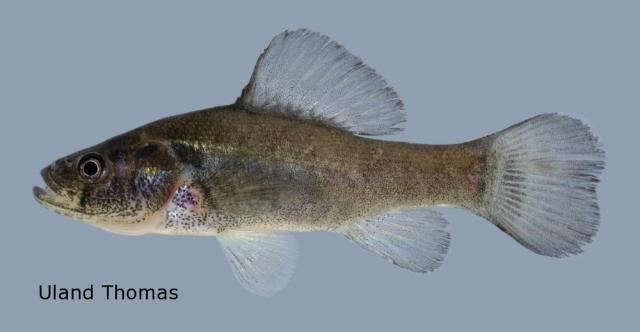
The pirate perch is related to the trout-perches, but only loosely; it is the only species in its family, Aphredoderidae. The specific name sayanus is a tribute to naturalist Thomas Say. Charles C. Abbott gave the fish its common name after observing it eating only other fishes.
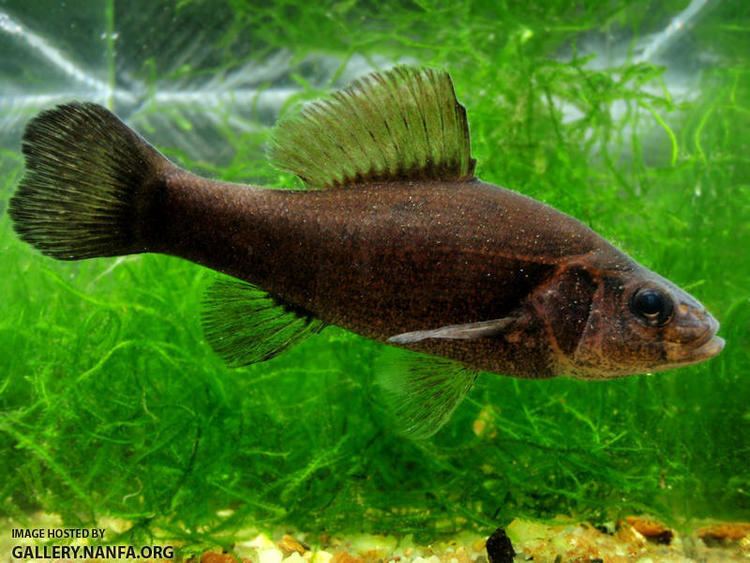
Pirate perch vs cricket
Description
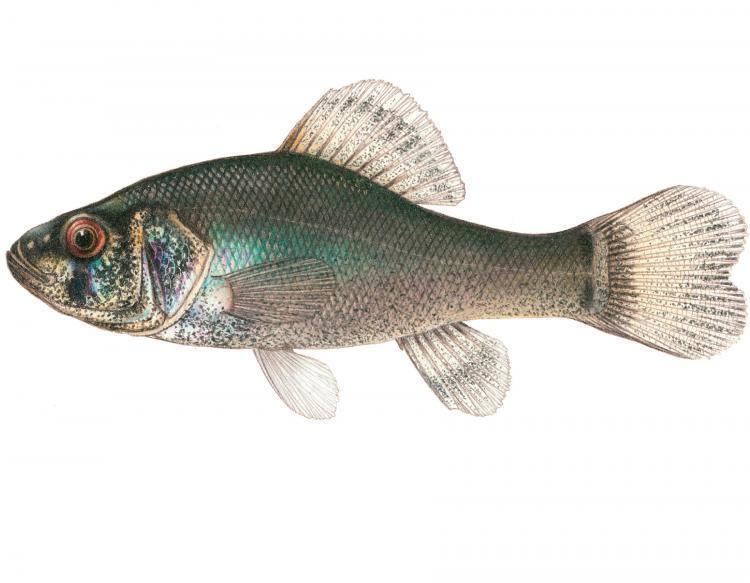
This small fish (up to 14 cm (5.5 in) in total length). It is dark brown, sometimes with a darker band near the base of the tail. A unique feature of this fish is the forward placement of its cloaca, under the head, anterior to the pelvic fins. This placement allows the females to place their eggs more precisely into root masses.
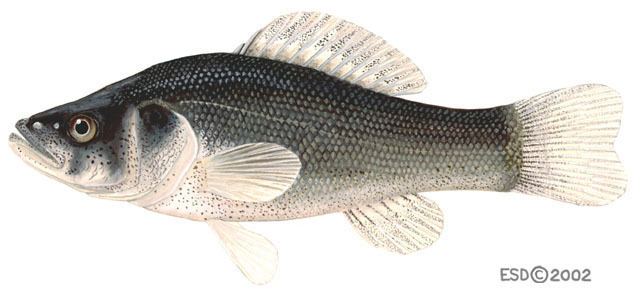
Pirate perch may be the only known animal to exhibit a chemical camouflage, or crypsis that is generalized and effective among a wide number of potential prey species.
Distribution
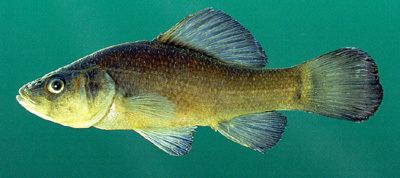
The pirate perch is a freshwater species in temperate climates with a temperature ranging from 5–26̊C. They are found most commonly in central and eastern North America. The pirate perch occurs in rivers of the Atlantic and Gulf slopes, the Mississippi Valley, and scattered parts of the eastern Great Lakes Basin. Pirate perch had once occurred in Pennsylvania, but has since been extirpated due to the effects of urbanization, according to the Nature Conservancy. Its geographic range is very limited in the United States, and the creation of dams and the increasing effects of urbanization are restricting the overall habitat size for the fish, which could eventually lead to this species becoming extirpated in some areas.
Ecology

These fish can be found in densely vegetated areas, places with woody debris, and underneath banks in root masses. Debris in deep water with undercut banks and slow inside flows are used more by this species. The area where the perch reside is dependent on their size, with medium to large perch occupying places that were more structurally complex than small ones. They are known to congregate in these areas to avoid predation from piscivorous birds, otters, or mink. The pirate perch has nocturnal feeding habits; their diet consists of live mosquito larva, amphipods, glass shrimp, meal worms, small fish, dragonfly and stonefly larvae, and earthworms.
Life history
Breeding occurs from October to December in Florida and in Louisiana as early as February. Most breeding occurs around early April until May, depending on latitude. When breeding, pirate perch use underwater root masses as the microhabitat for their larvae. Females have been observed thrusting their heads into sheltered canals of underwater root masses and releasing eggs. The male perch then come to these sites, enter the canal head-first, and proceed to fertilize the eggs in the same manner they were laid. Females can lay between 100 and 400 eggs, which is dependent on the body size. They are able to reproduce after one year, and can live up to four years in the wild.
This species' method of breeding was misunderstood for quite some time due to difficulties in making in situ observations. At first, the urogenital positioning of the pirate perch was speculated to serve to promote egg transfer to the fish's branchial chamber for gill-brooding. However, the pirate perch was found to not breed bronchially; instead, they lay their eggs within underwater root masses which are then fertilized by the males.
Current management
According to the Iowa Department of Natural Resources, some major threats that could affect their habitats could be siltation due to poor upland treatment. Since these fish reside in habitats with slight water current, a change upstream such as water channels, dams, or drainages could alter the flow of water in that system, which could change the rate at which water flows downstream. Water pollution as a result from agricultural runoff and discharge from urban areas can create environments unsuitable for these species. Ohio has expressed some interest in conserving the species due to the perch having such a small area it can inhabit in the northwestern part of the state. Besides Ohio, little concern has been shown about this species overall.
